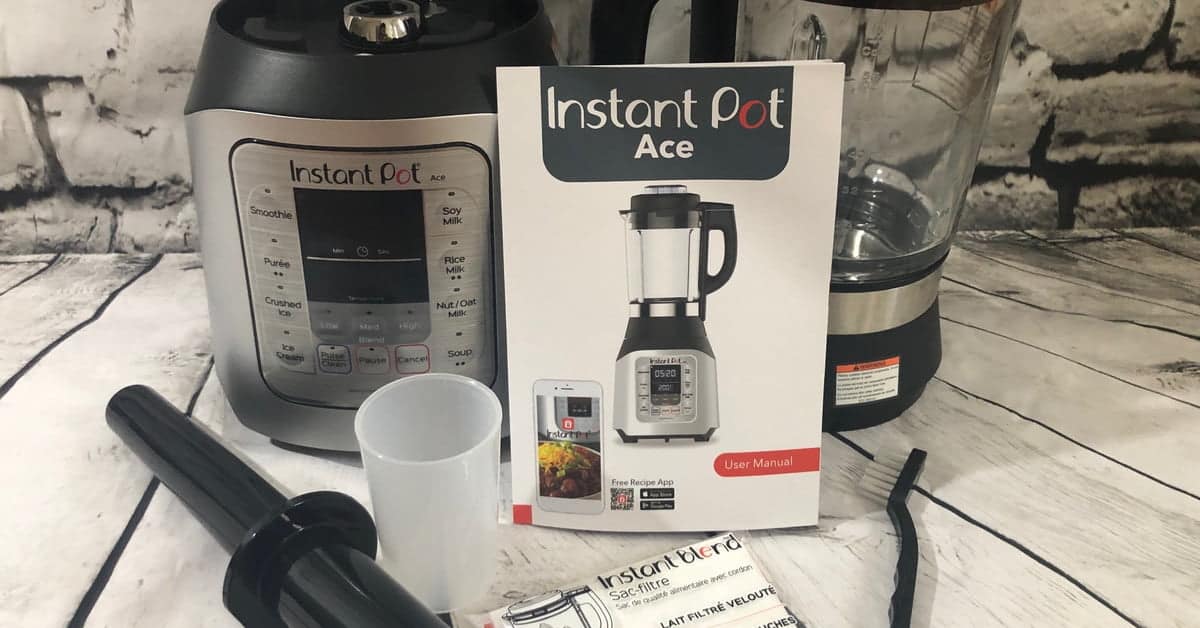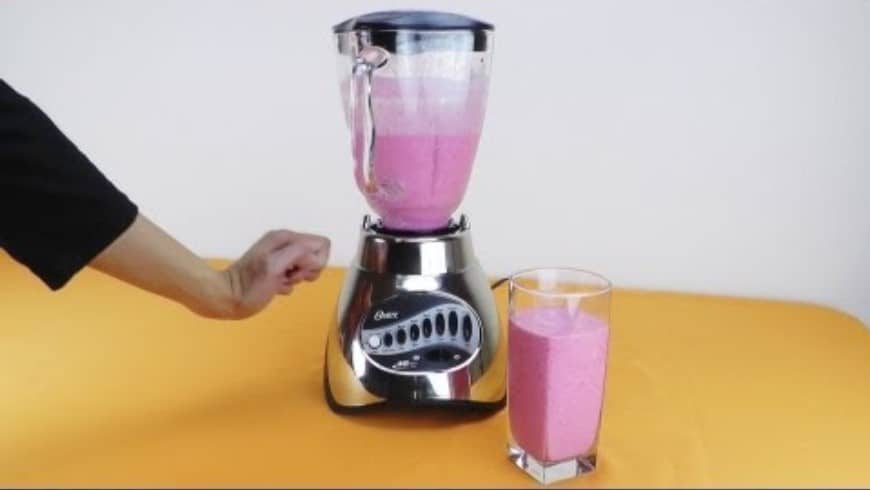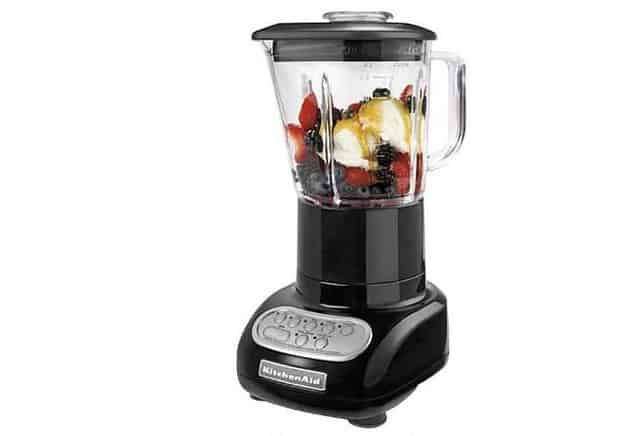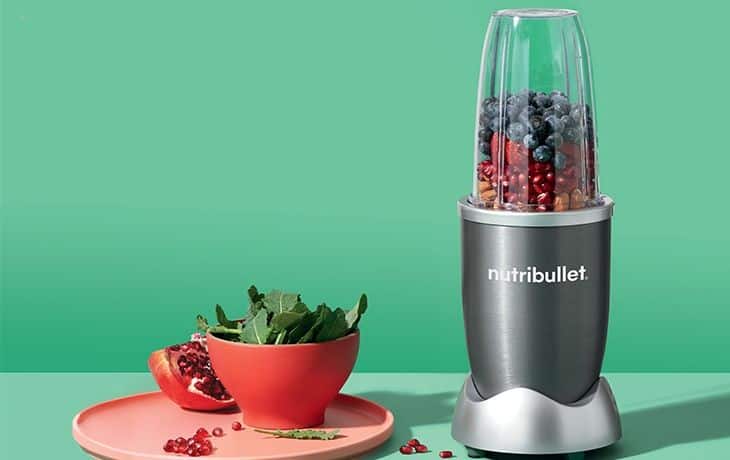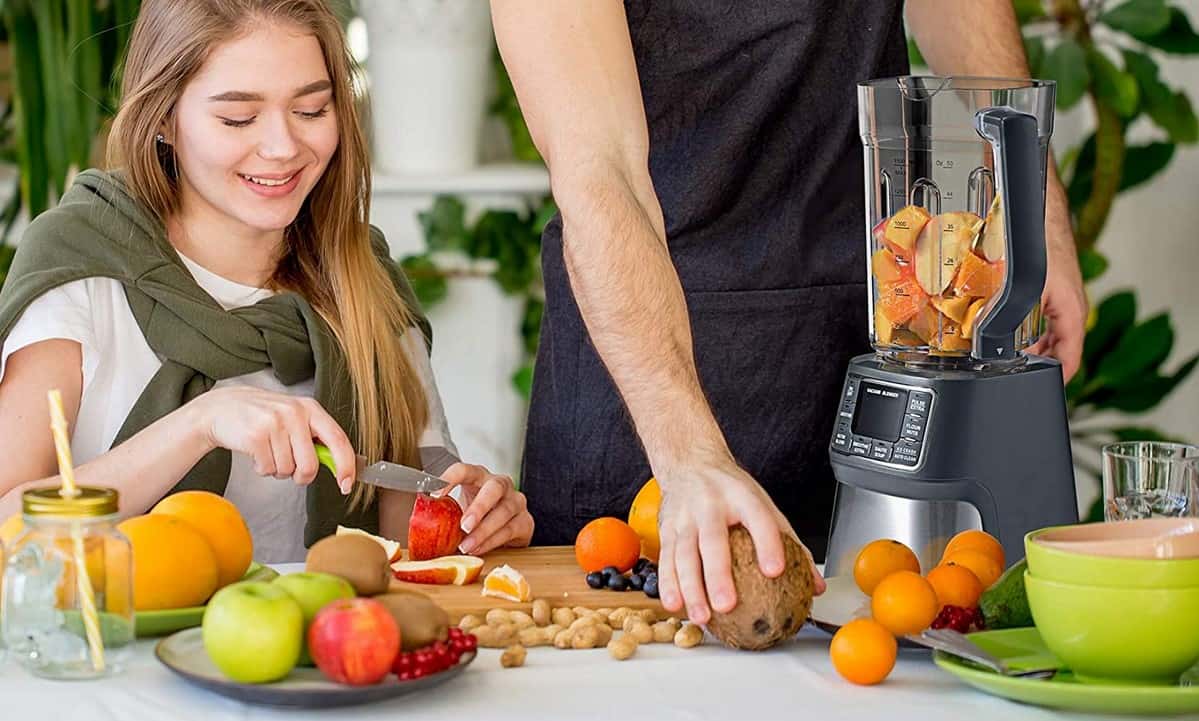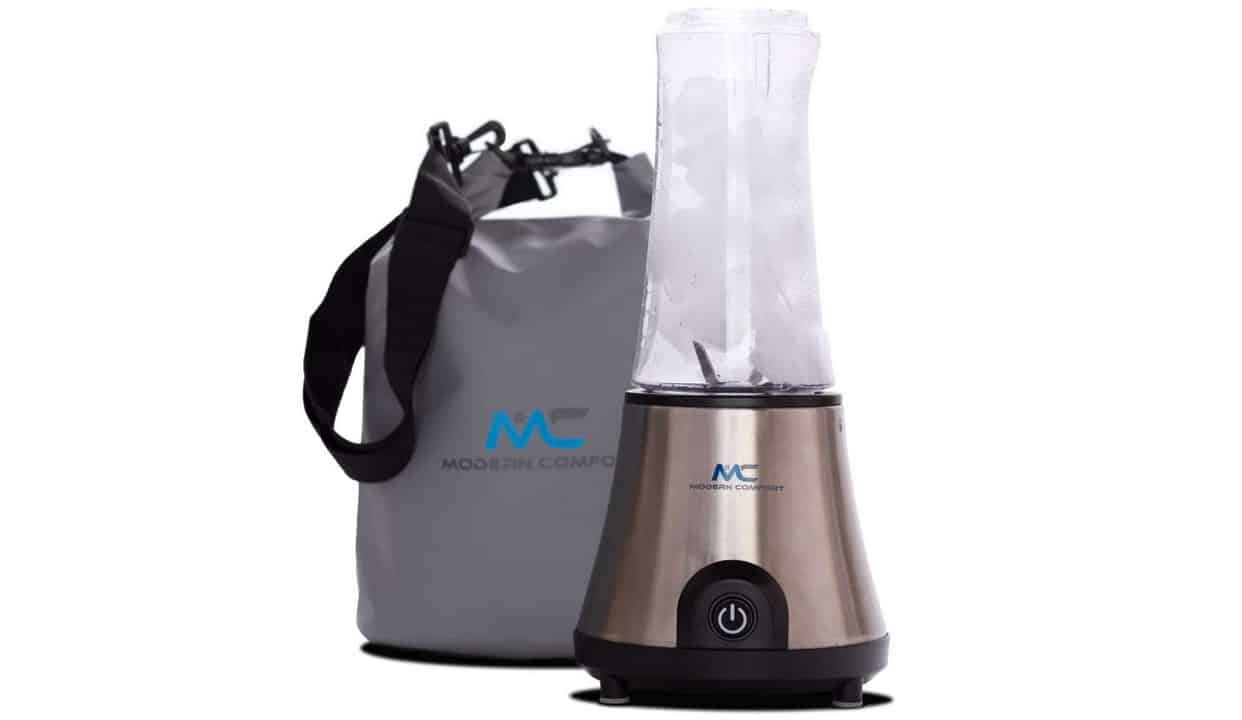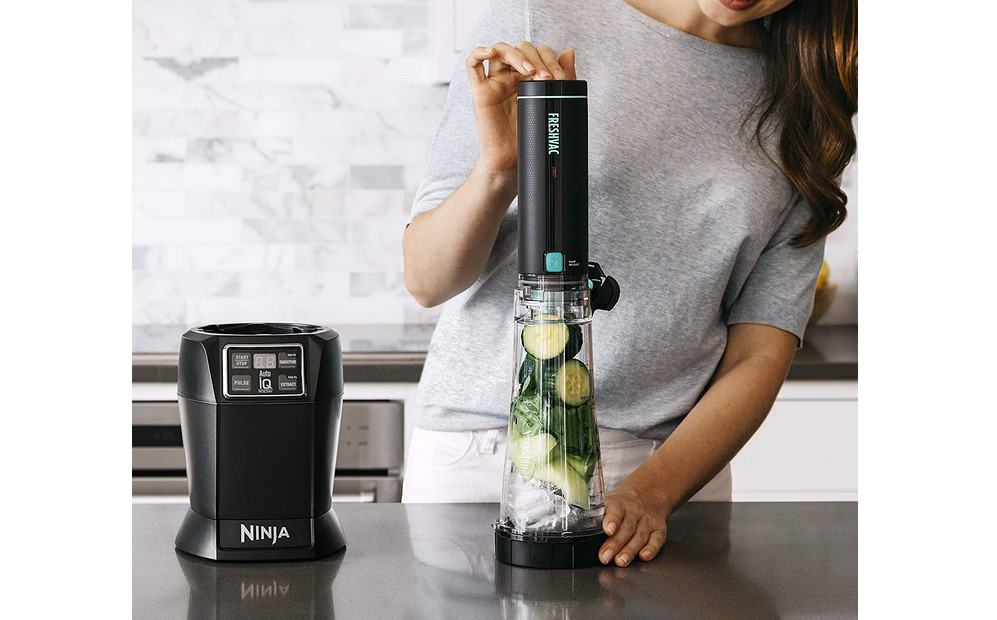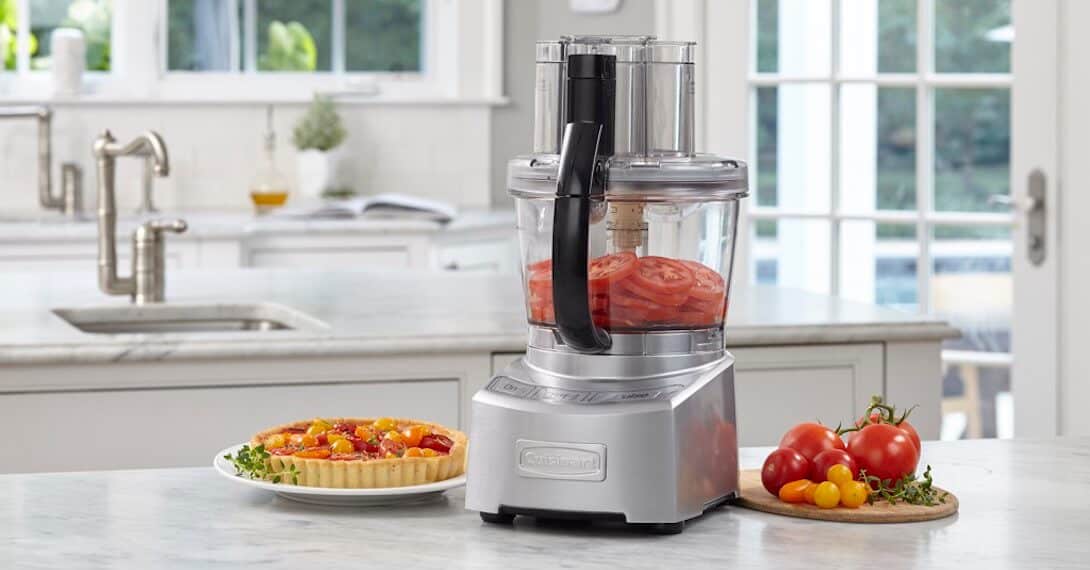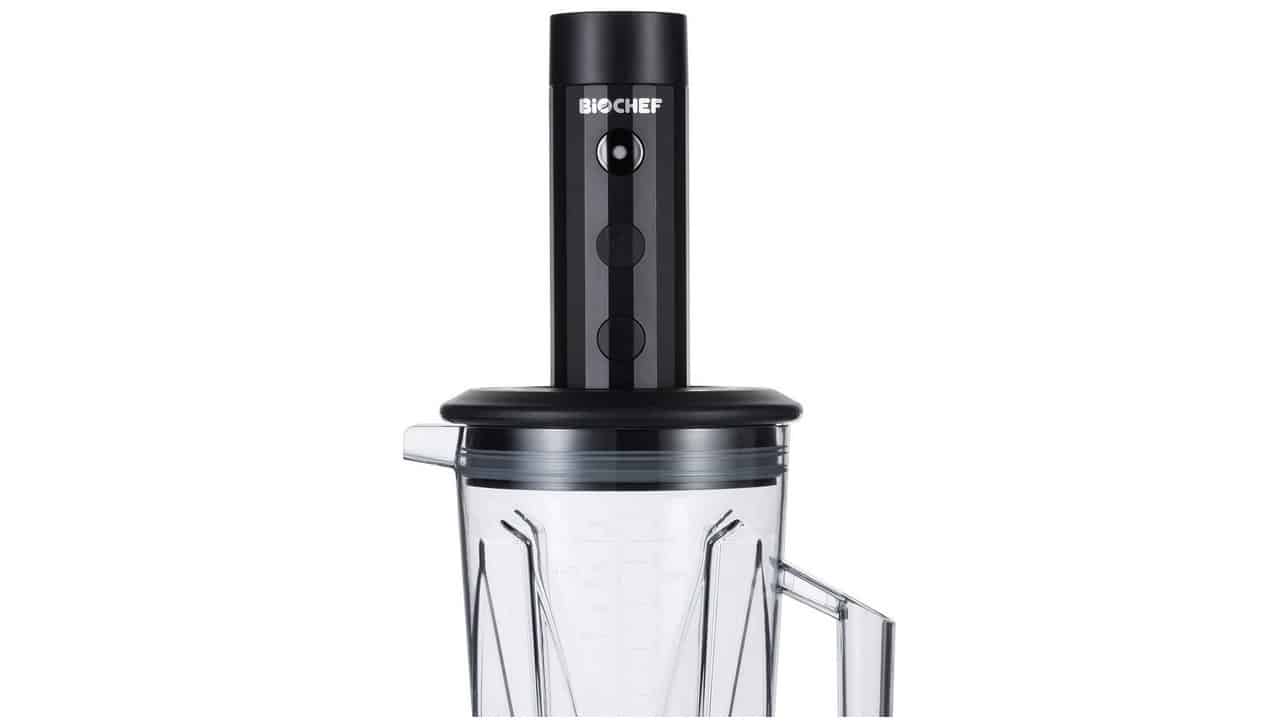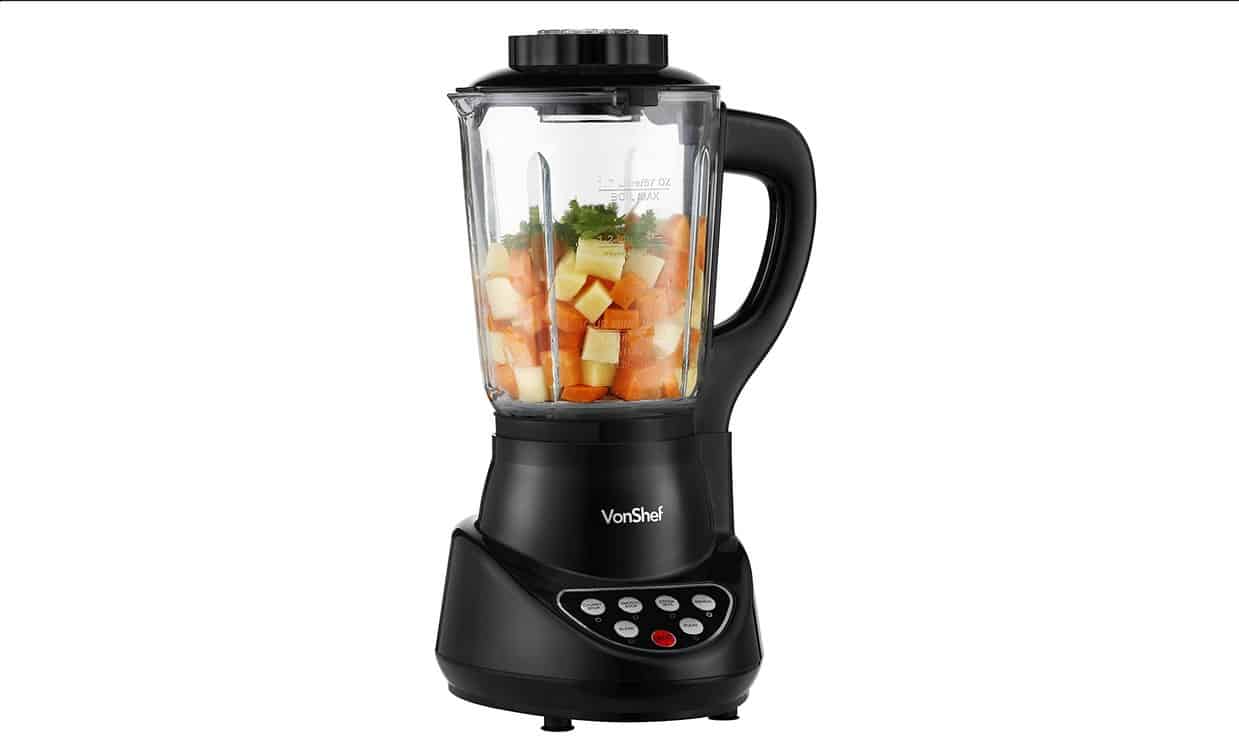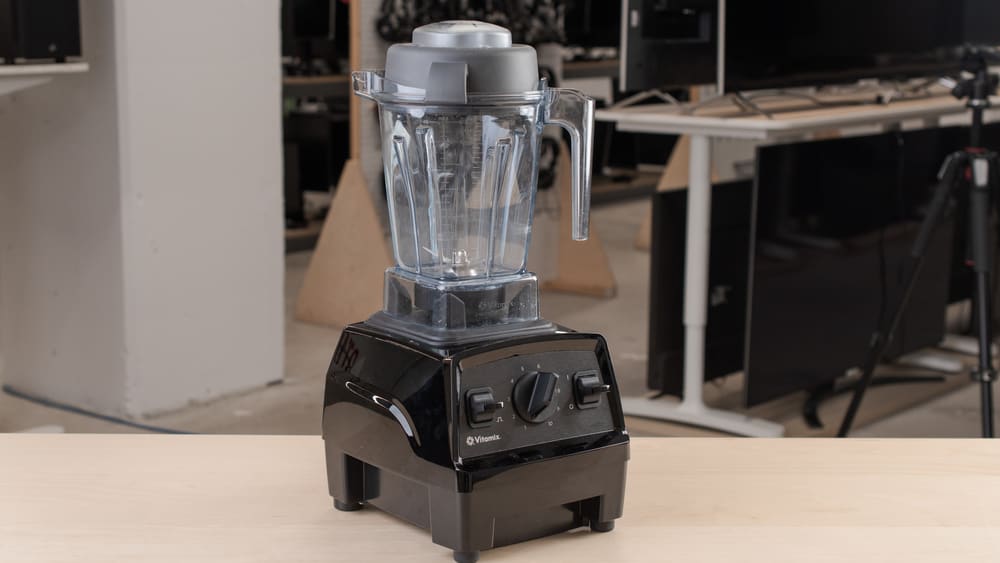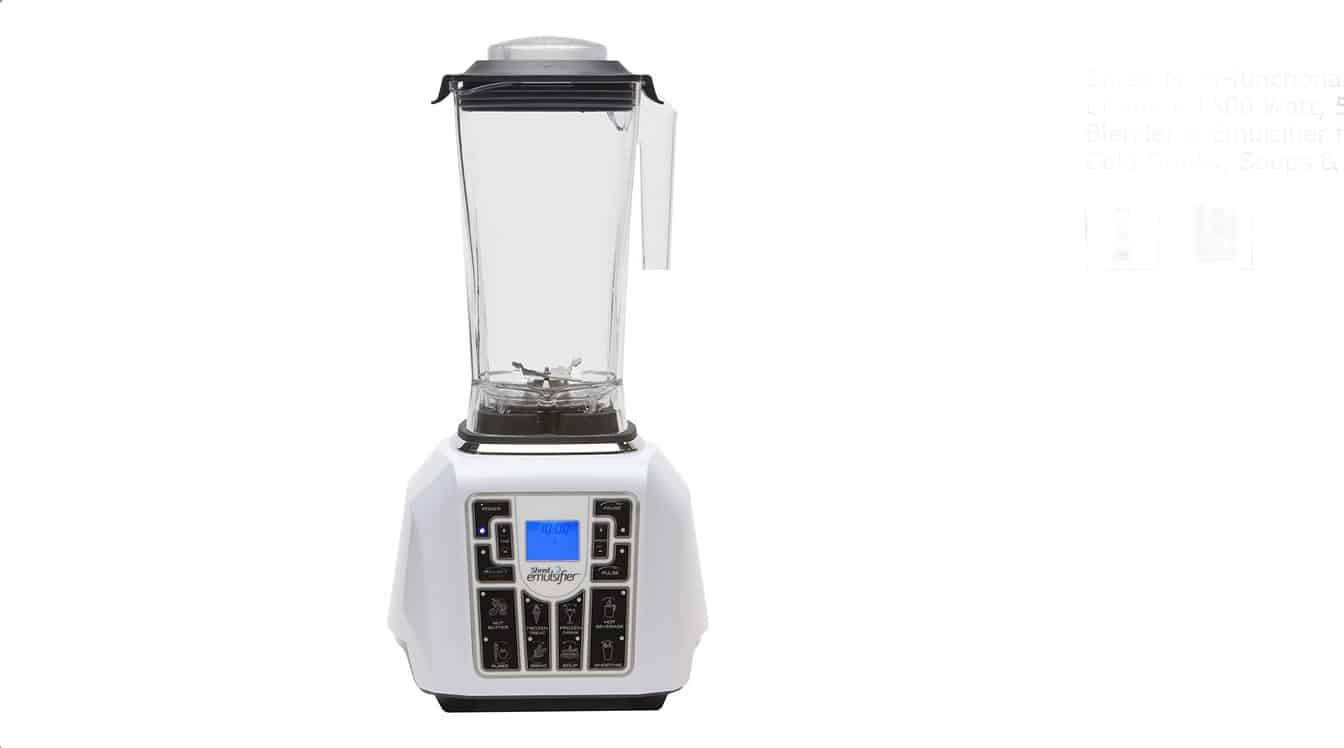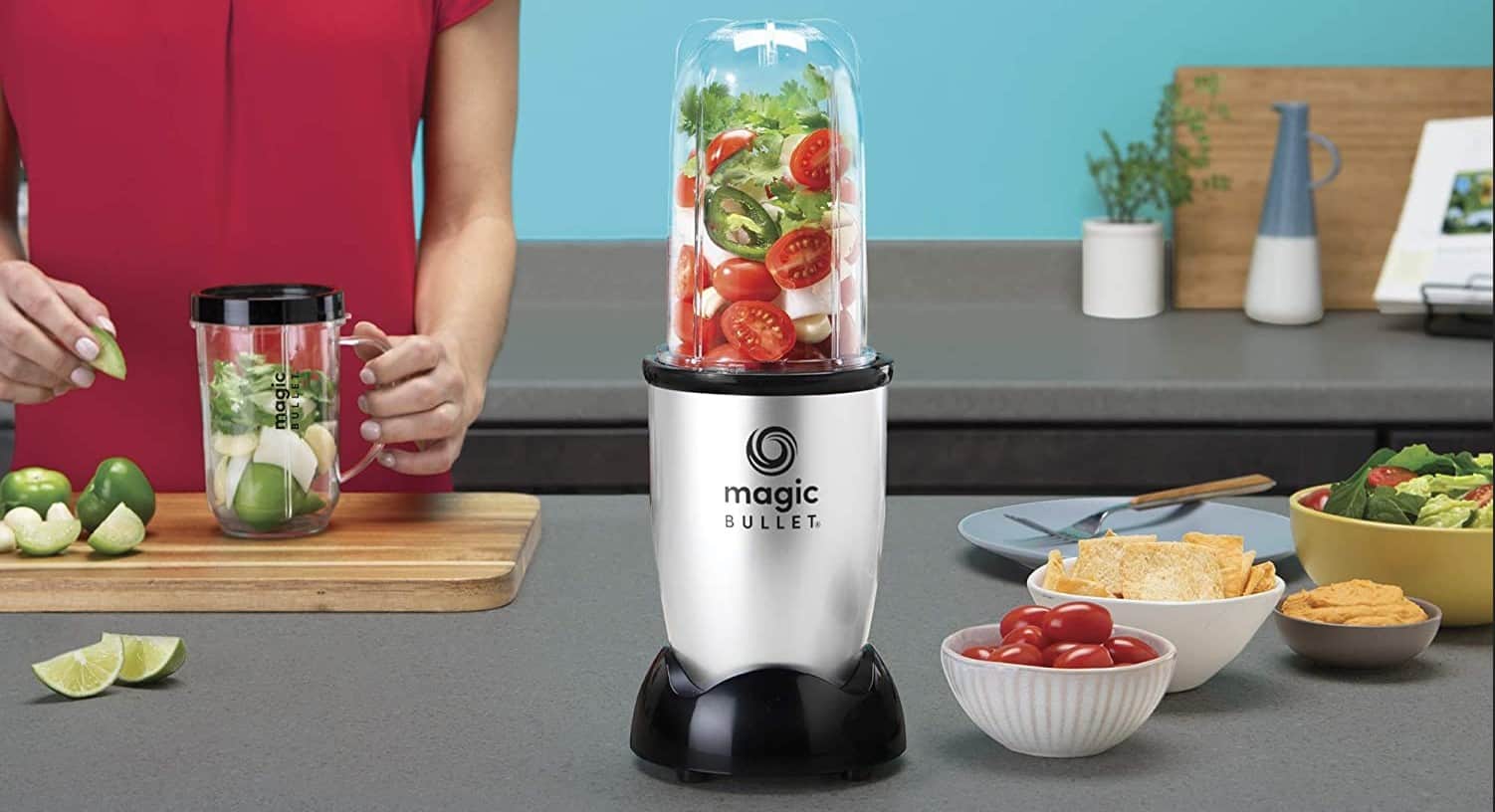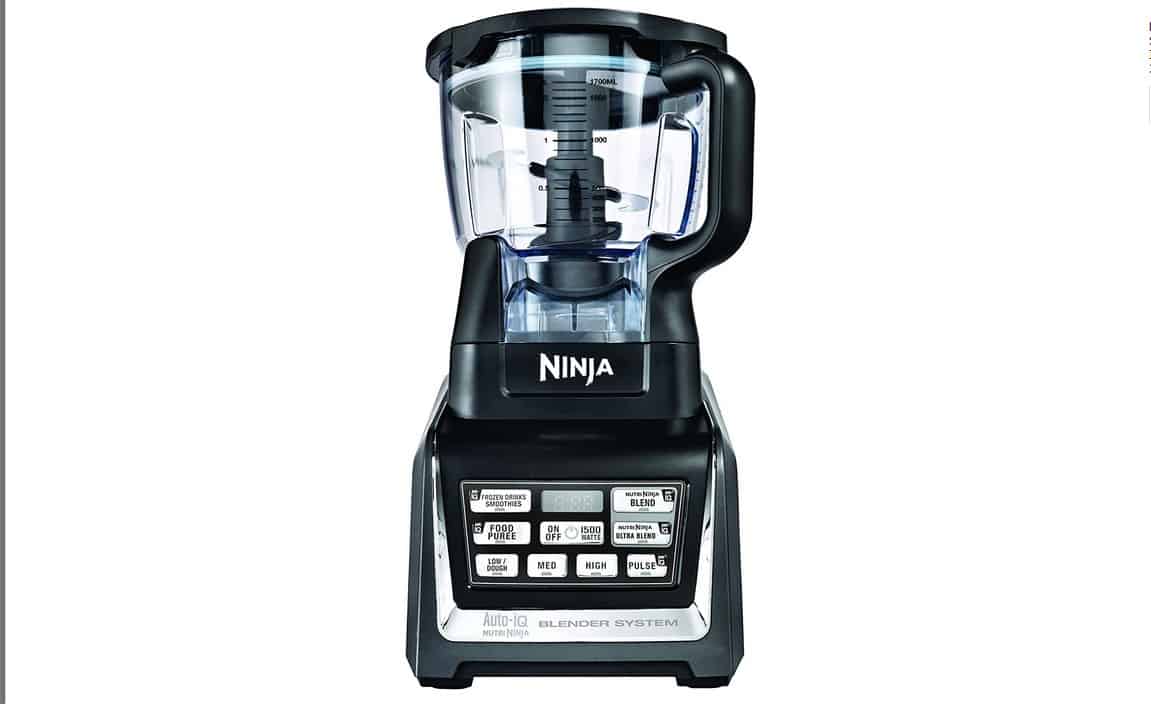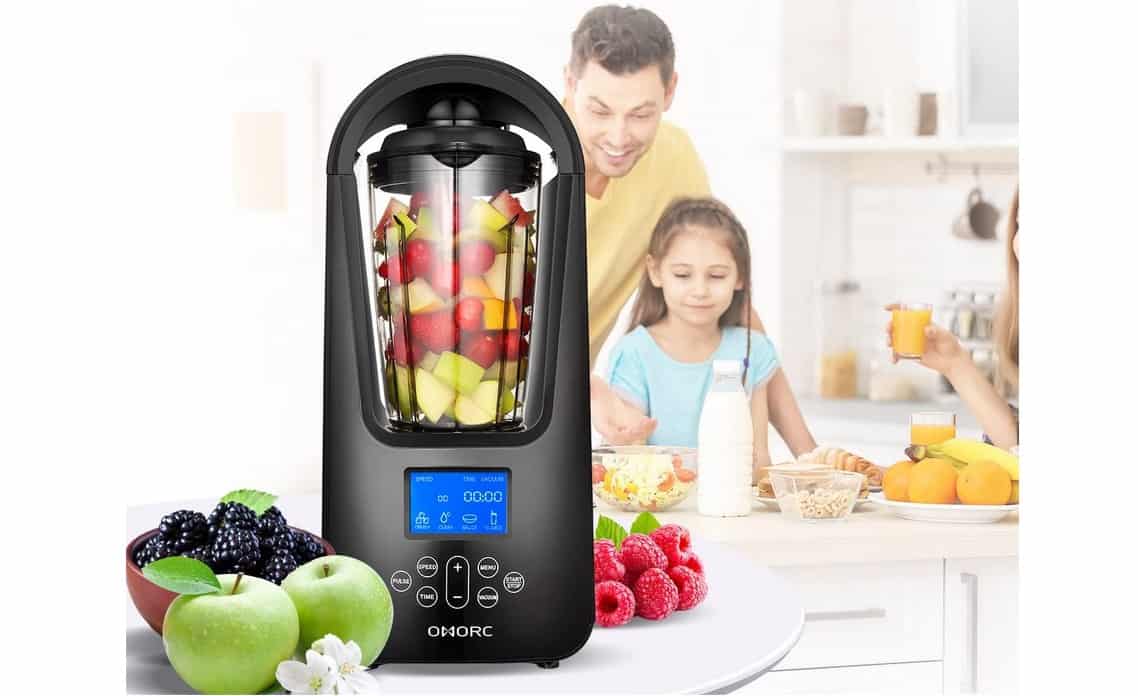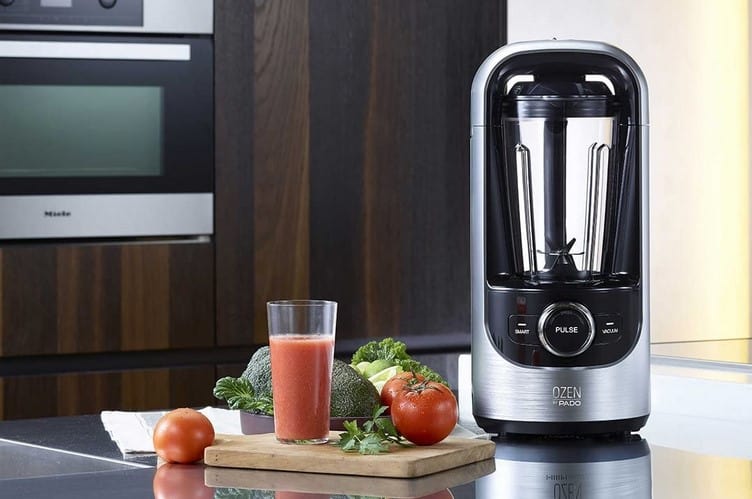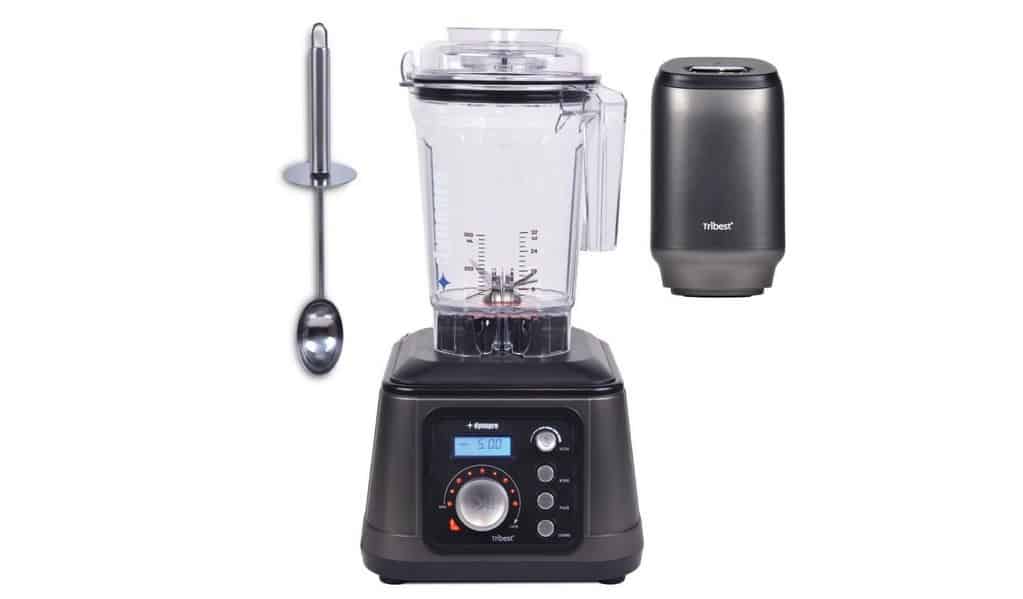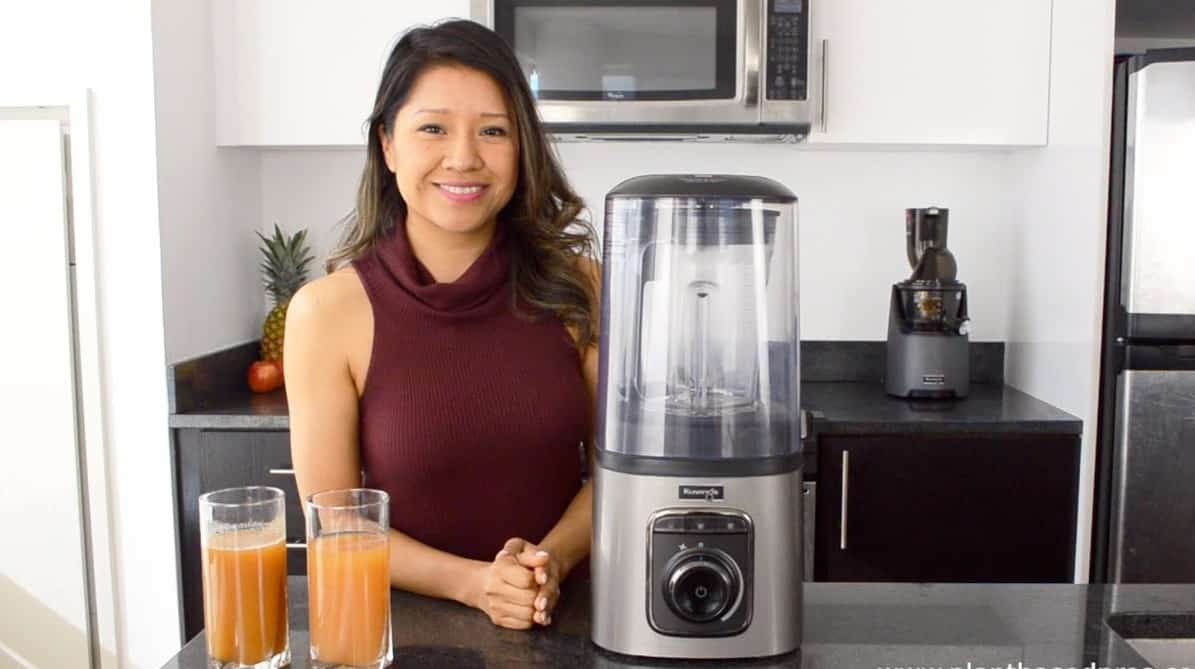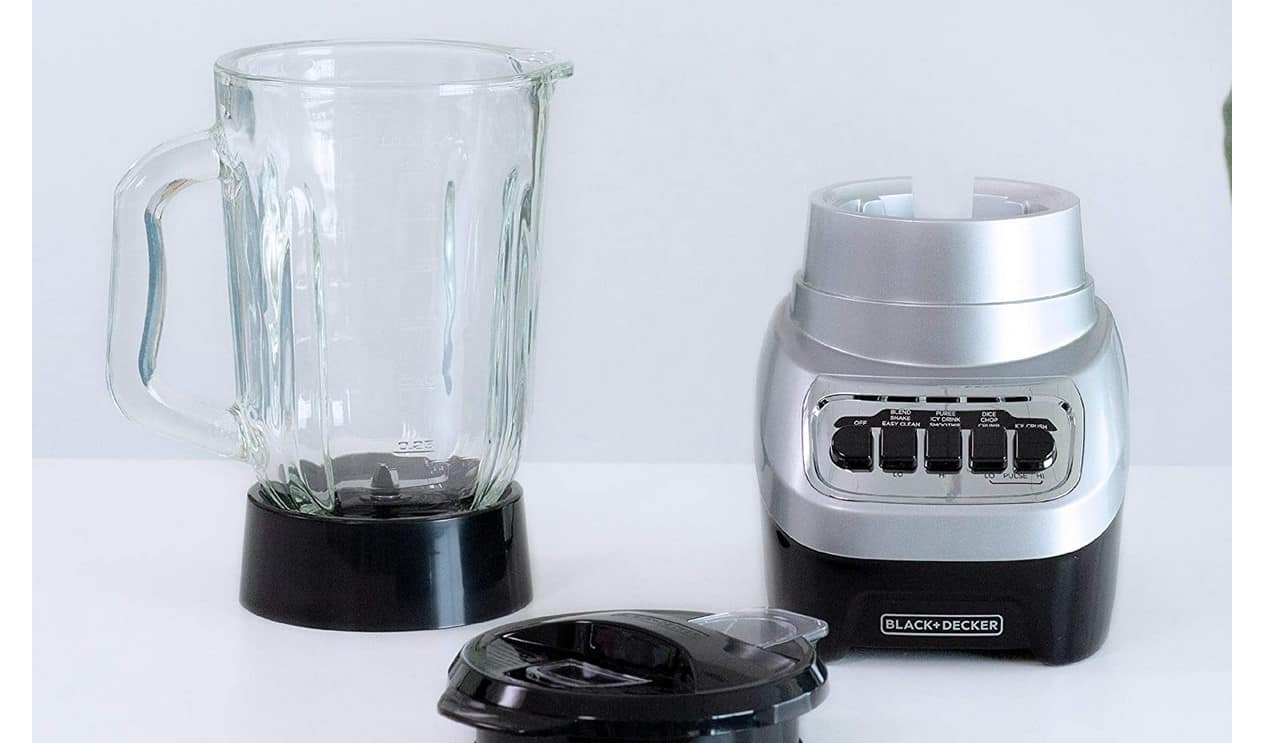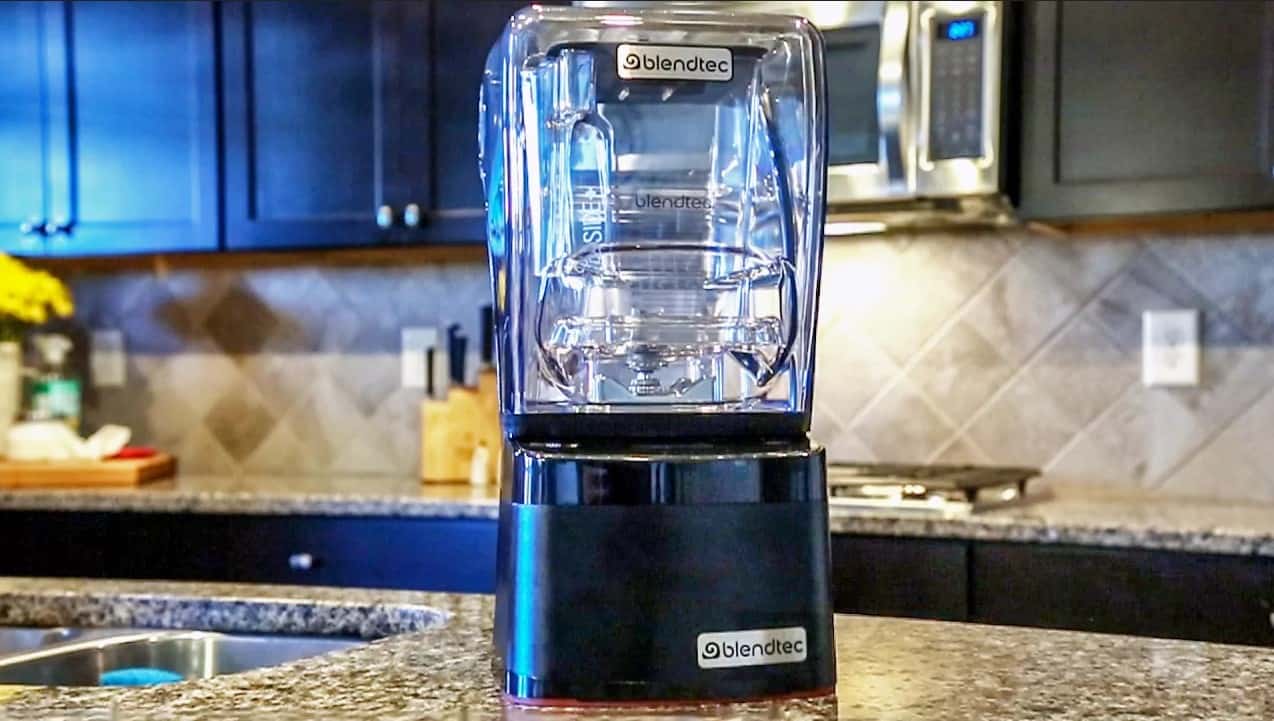While the best blenders have lots of different settings and features, many consumers have a blender with multiple settings, including the pulse button. However, some users may wonder why use the blender pulse button. We are here to answer the question, so read on to find out more.
KEY TAKEAWAYS:
- The pulse feature runs the blender at its highest speed for as long as you press the pulse button.
- Consumers have more control using the pulse button compared to another speed setting.
- Blenders with pulse features allow users to chop ingredients without pureeing.
Why and How to Use the Pulse Function
Using the pulse button, users may find they have more control over the blender. Because the pulse button runs the blender for a short time, the blades turn a little bit at a time. This option can be beneficial when chopping vegetables that puree quickly. However, be careful which ingredients you put in the blender jar because softer ingredients, like tomatoes or mangos, will become mostly juice instead of chopped. Additionally, you can stop and check your ingredients frequently to ensure you get the desired consistency. Also, if you are interested in improving the taste of your smoothies or juices, consider using a vacuum blender instead of a regular juicer.
Countertop Blenders with Pulse
The pulse button works by running the blender on the highest setting, but it only runs while pressing the button. Countertop blenders may have multiple speed settings allowing them to fulfill different functions, like chopping or pureeing mixtures. Make sure to put any of the blender lids on the blending jar before starting. Users typically activate pulse by pressing a button on the appliance, which button to push can be found in the product manual for blenders with multiple buttons. For some personal, modern blenders, you may need to press down on the blending jar toward the base for the pulse duration.
Immersion Blender Pulse
An immersion blender works by pressing the wand’s tip into the ingredients, making sure to immerse it fully. Many immersion blenders work using the pulse feature as their primary way of creating blends. While your blender is immersed in the food, you press and hold the button on the wand. By pressing the pulse button, you trigger the motor, turning the blades. Some immersion blenders have a couple of speed settings, but the same button will still control the blender. If your blender motor is not working very well, it can slow down the blending process, so you will need to find out why the blender motor is slow, so you can fix the problem.
Uses for the Pulse Function
- While using pulse during the blending process, you can mince large amounts of veggies or fruits in chunky pieces.
- It may also aid in crushing ice or mixing frozen fruit with liquid ingredients to mix frozen drinks.
- Pulse provides a method for combining frozen ingredients, fresh ingredients, chunks of fruit, and warm water or milk to make pureed soup the right texture.
- Some powerful blenders allow you to combine ingredients in the blender jar using pulse to reduce pieces of hot ingredients that cannot be handled by hand.
- The pulse button can help make the blender like a food processor by providing short bursts of blending.
- A high-powered blender may also cut through tough ingredients or thicker blends while using pulse.
F.A.Q.S
Should you get a blender with a pulse function?
The pulse function can be helpful for chopping or mincing ingredients, and it allows you more control over the texture of your food.
What does the pulse button offer uniquely in blending results?
The pulse button allows you to check your mixes after short periods of blending frequently, and it gives you the option of running the blender for the length of time you want.
What does the pulse button do?
The pulse button runs the blender at the highest setting for a short period of time, enabling you to have more control over the blending.
STAT: In 2019, approximately 25.8 million blenders were sold over retail channels in the United States. (source)

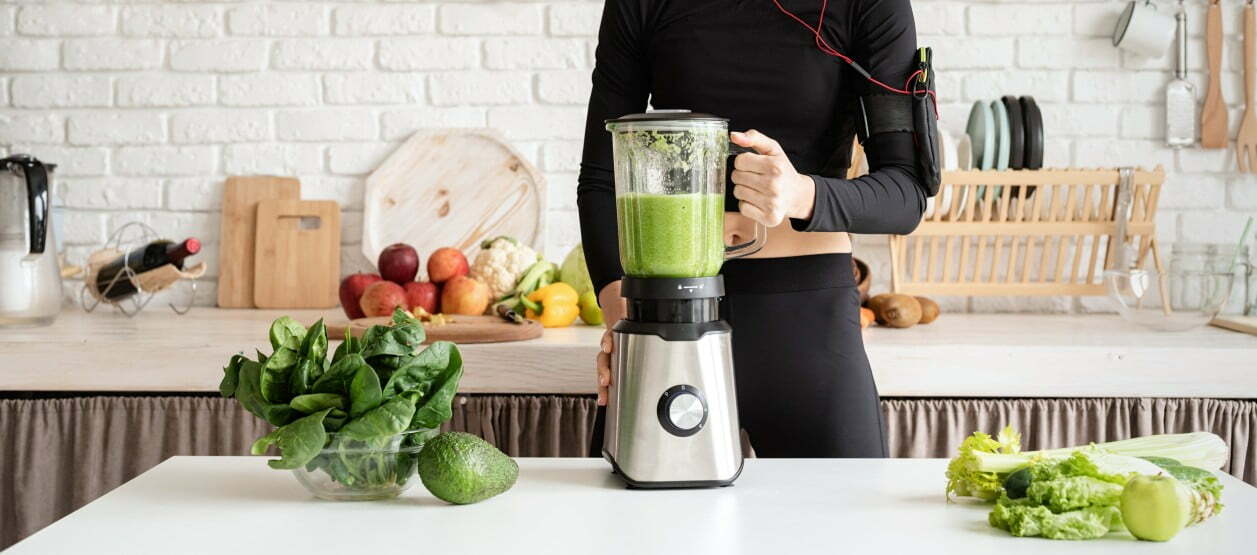













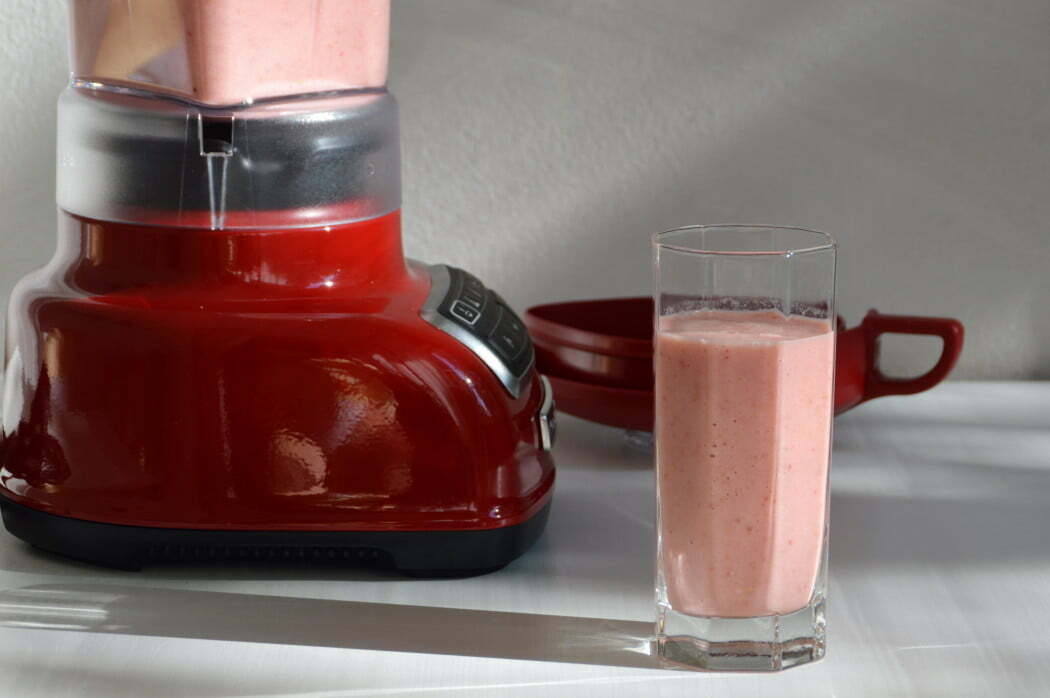
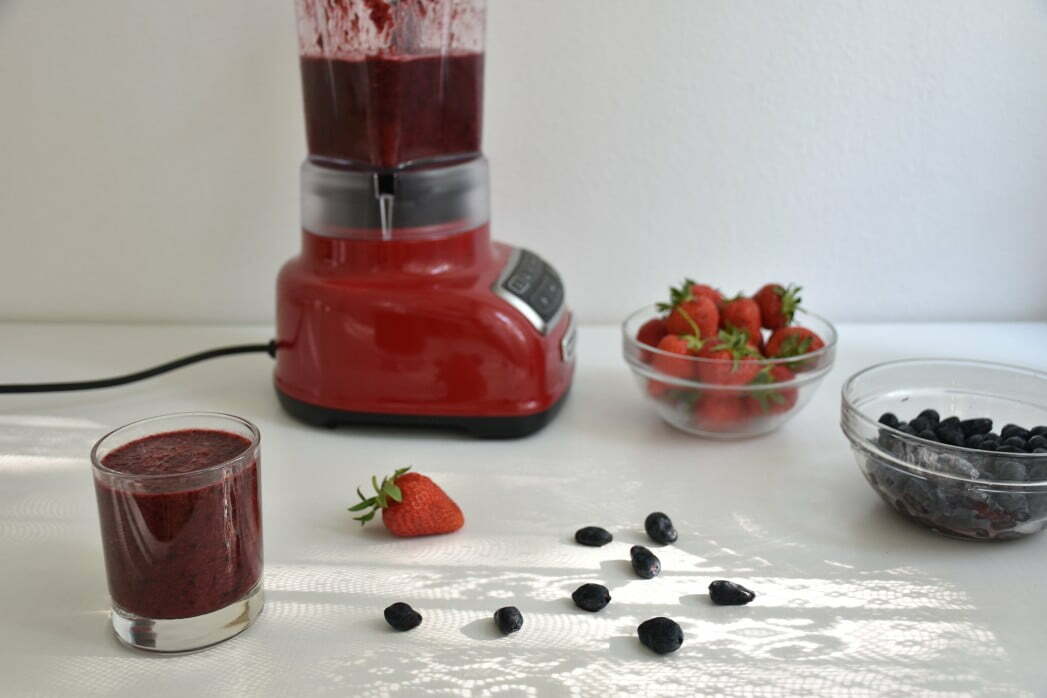
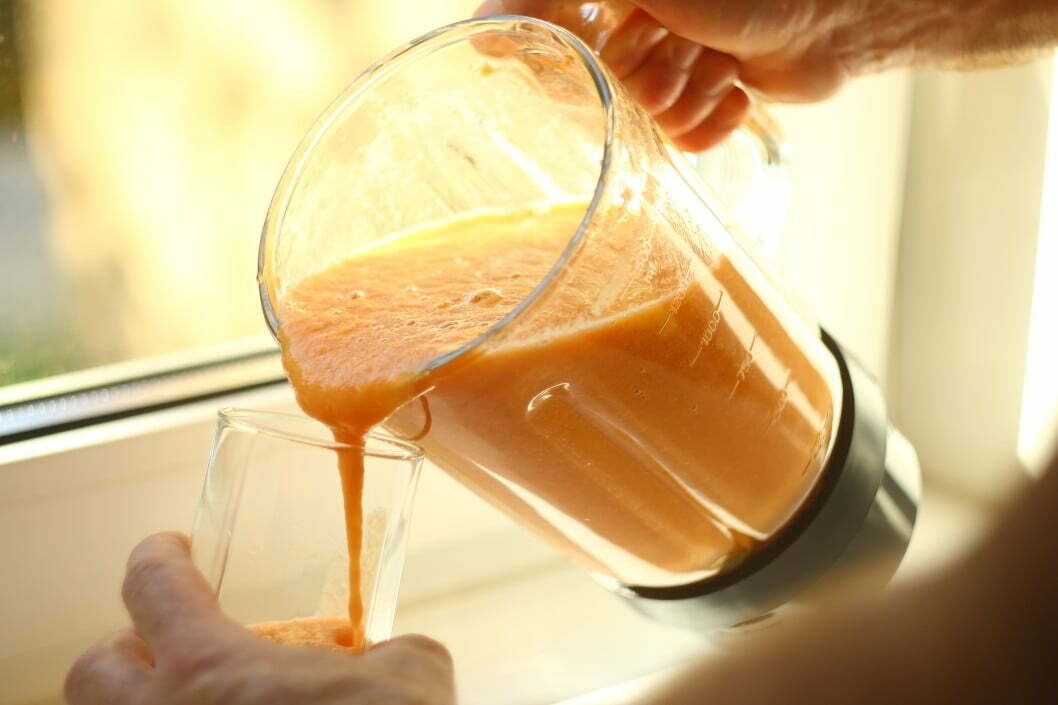
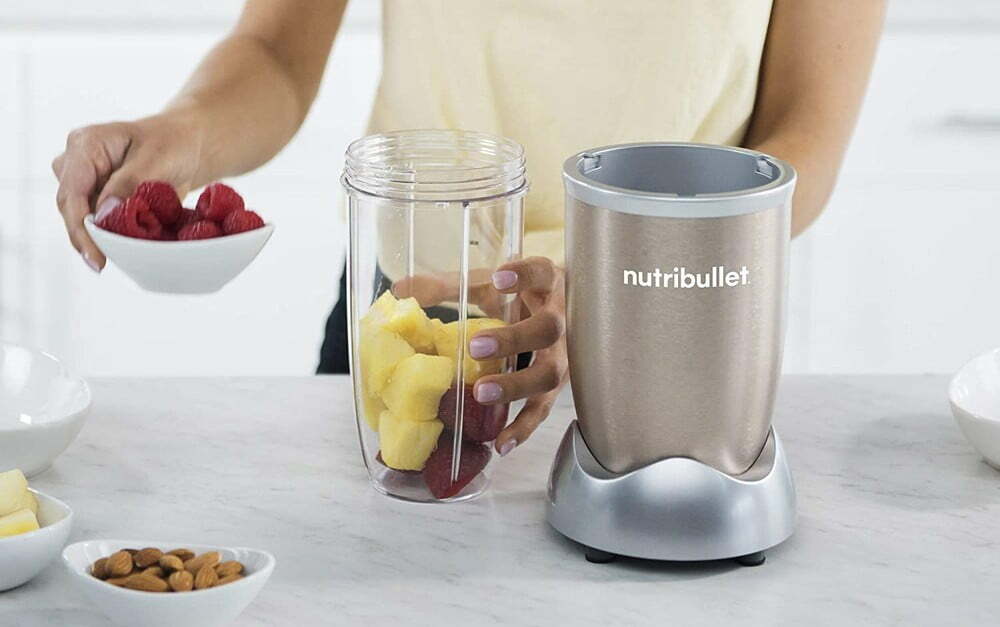
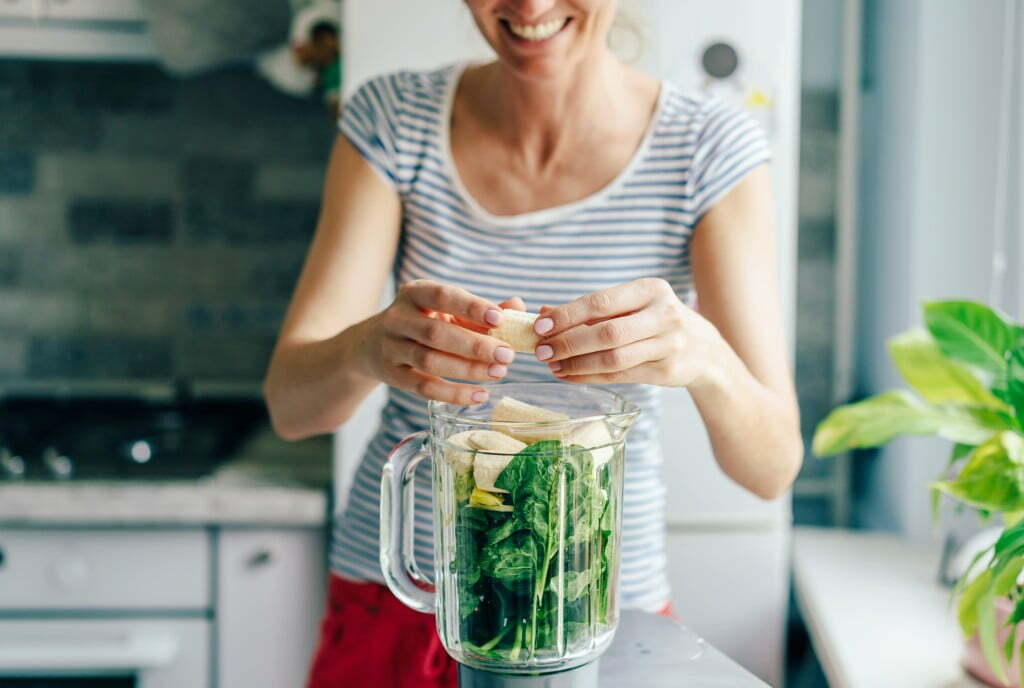
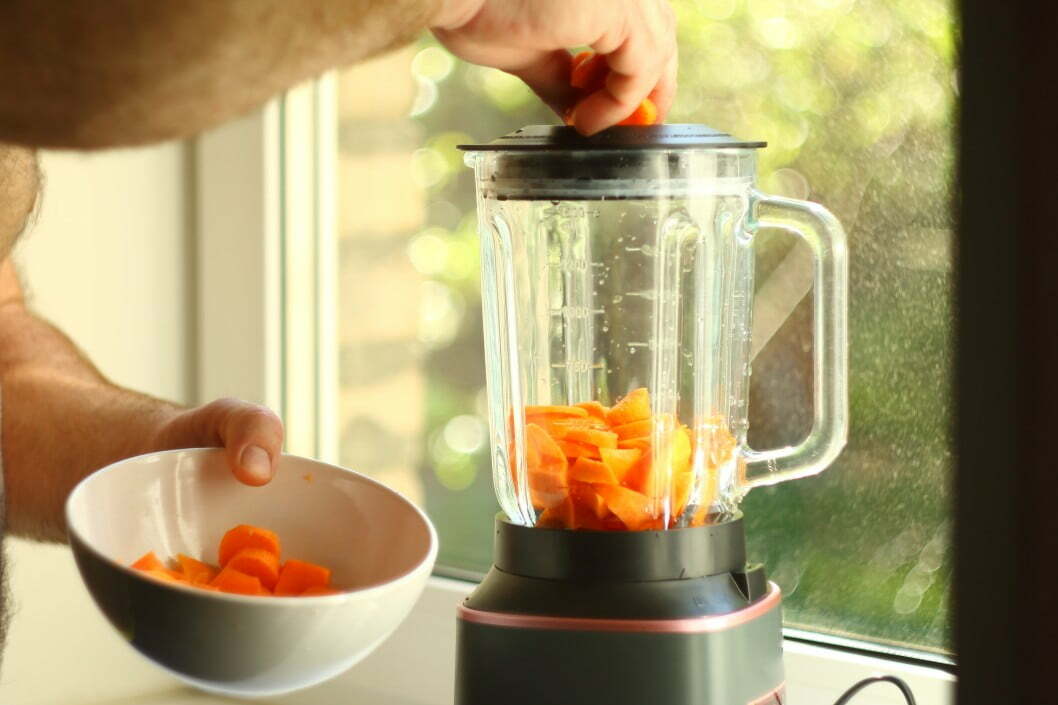
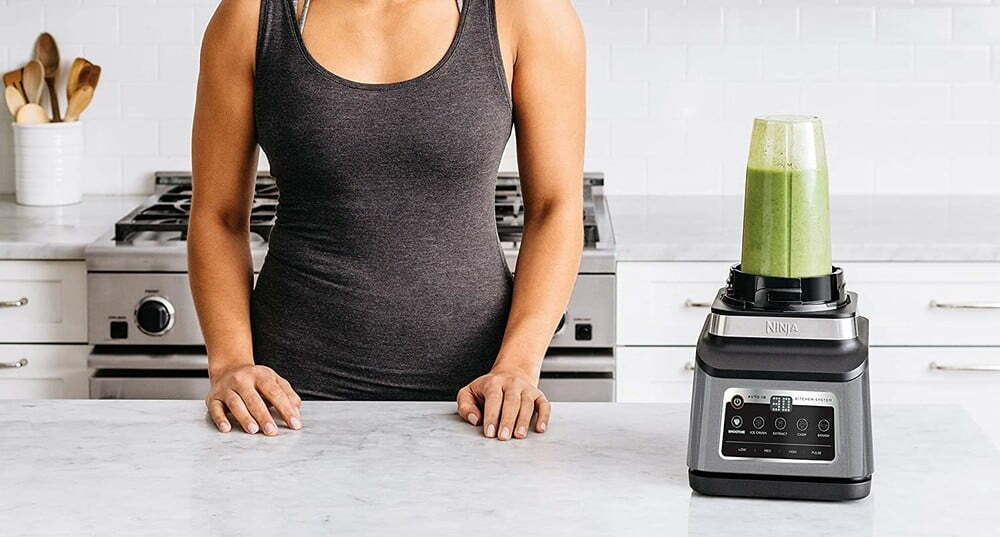
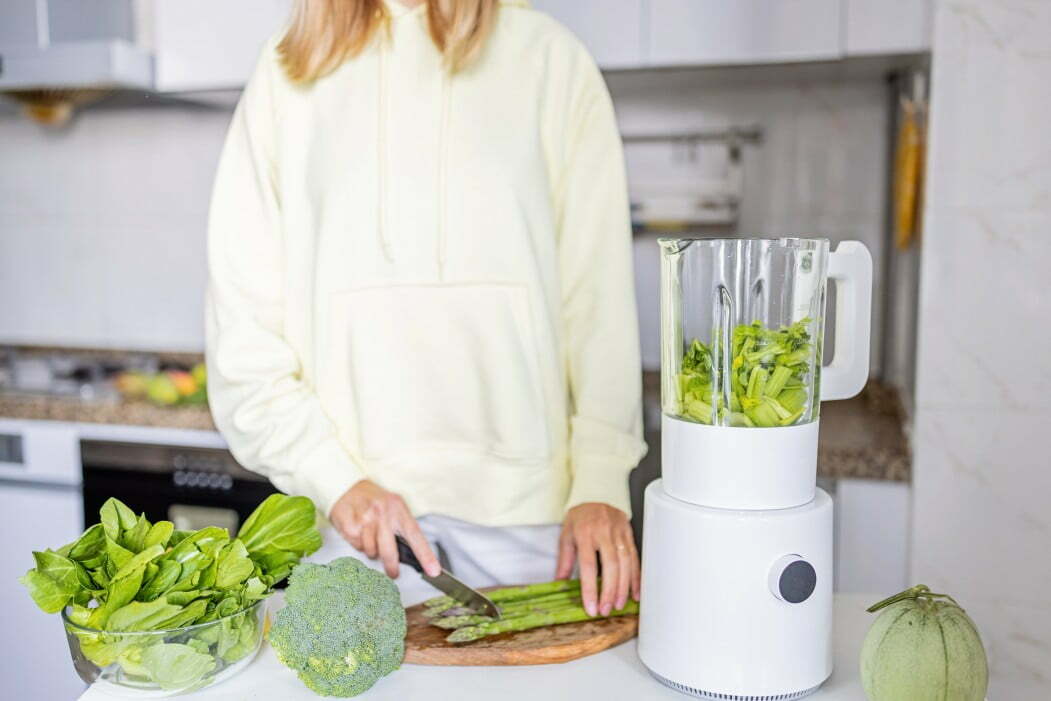
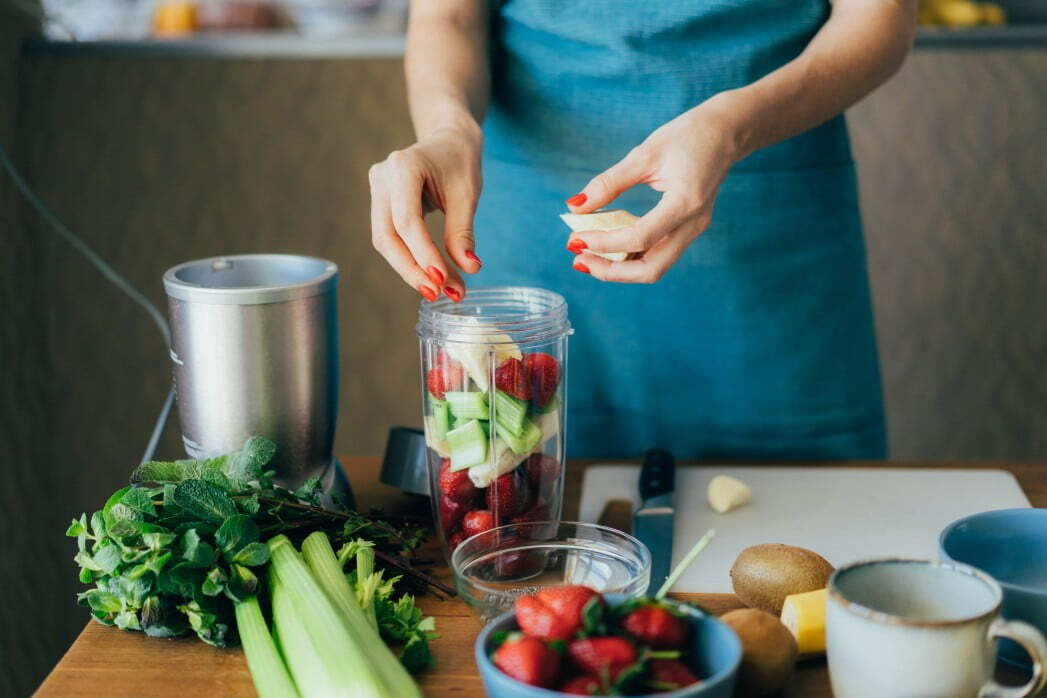
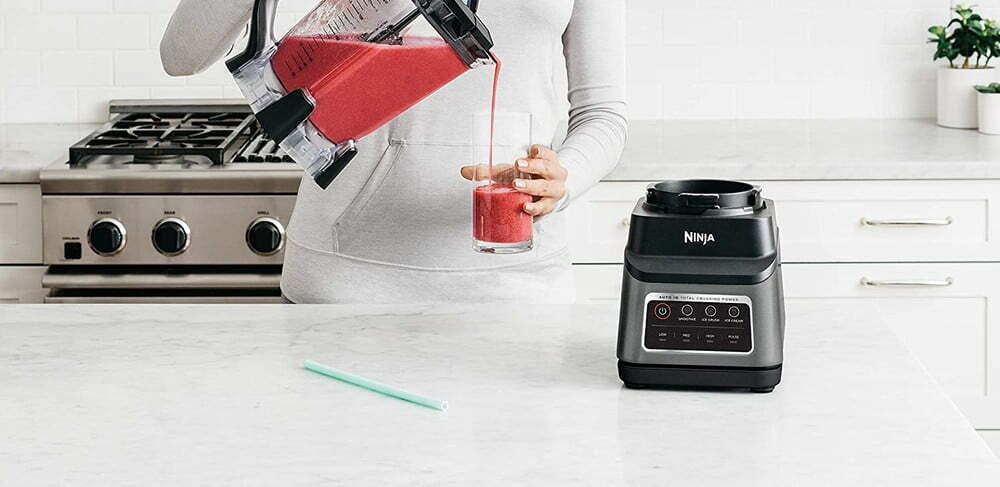
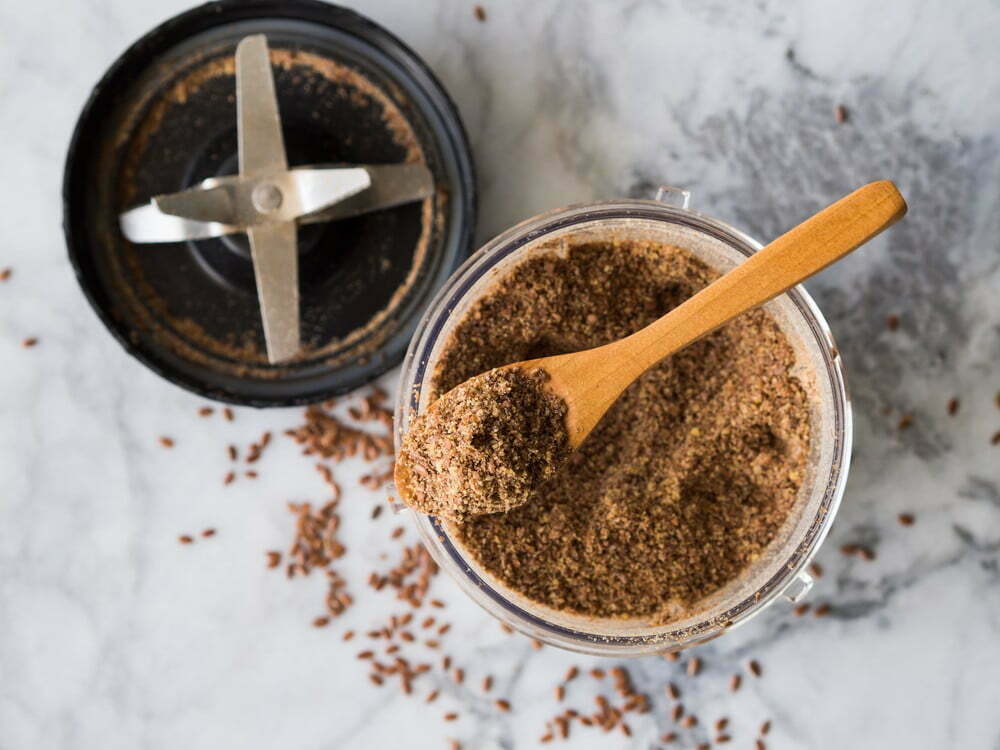
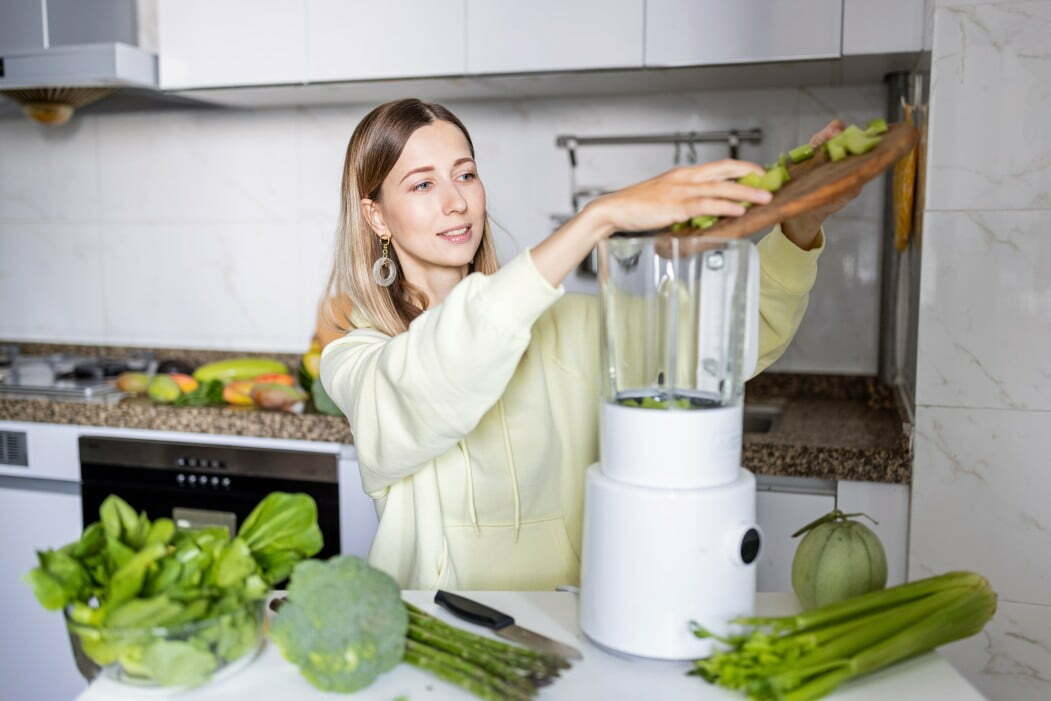
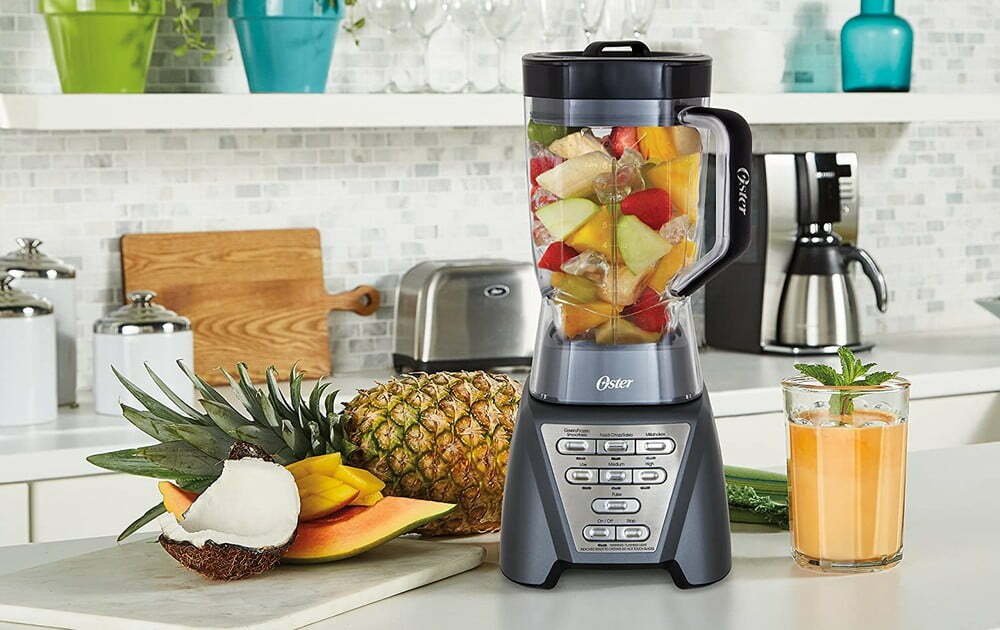
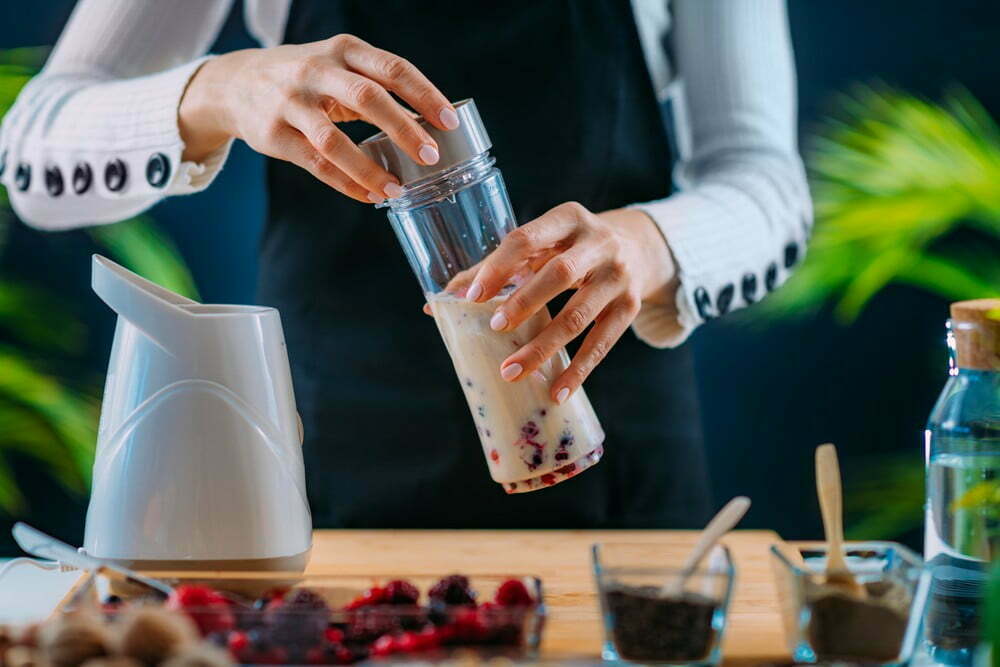
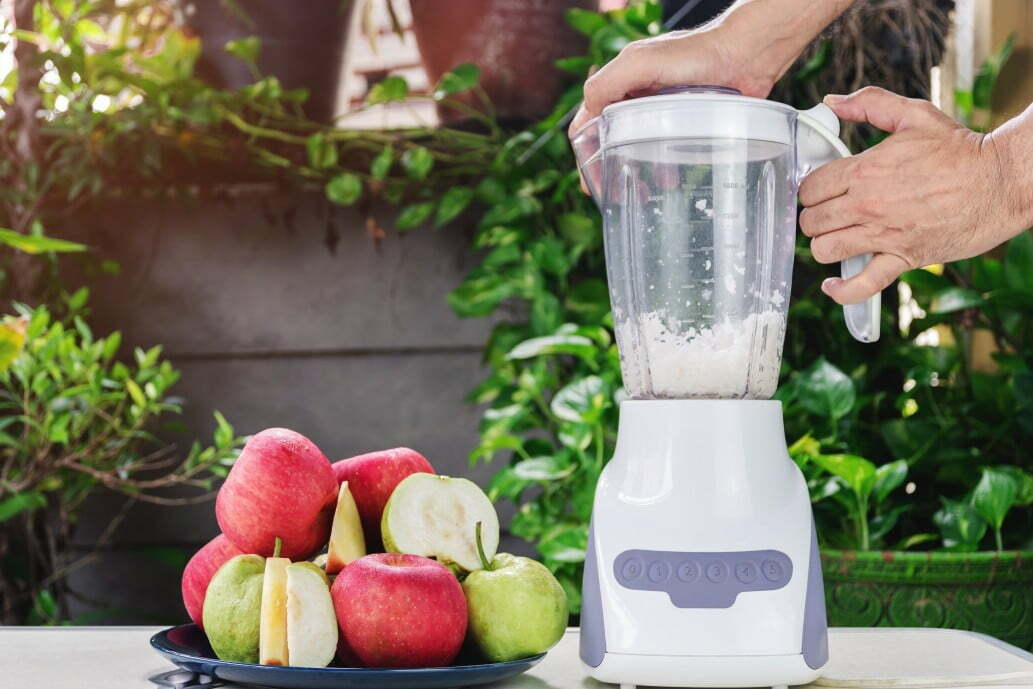
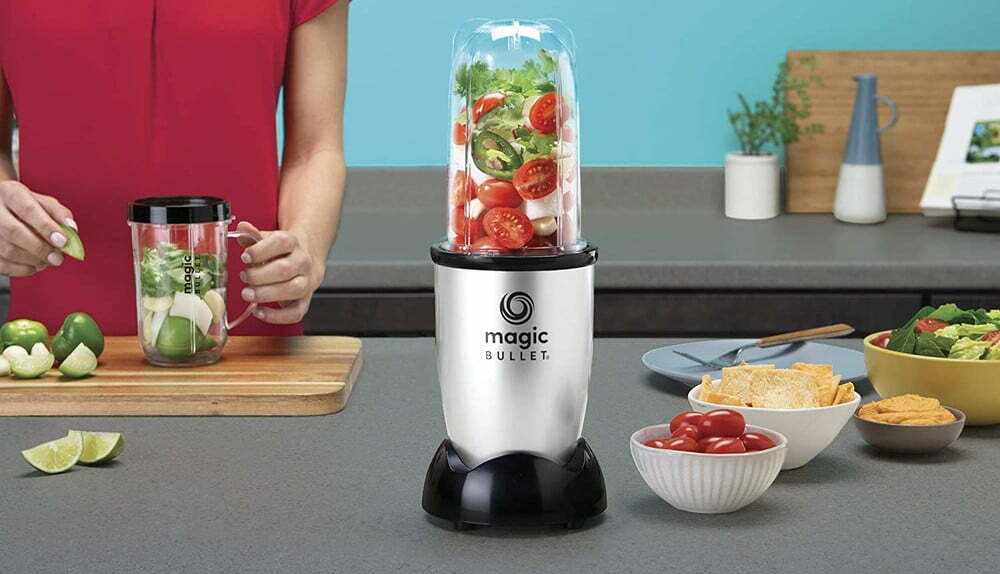
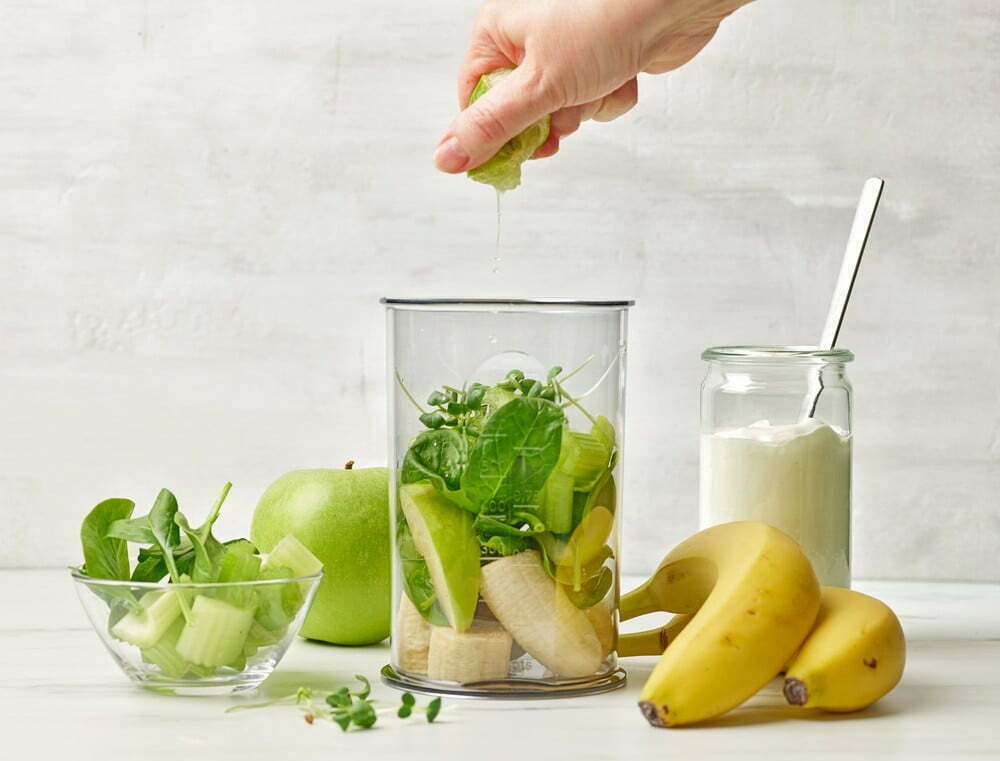
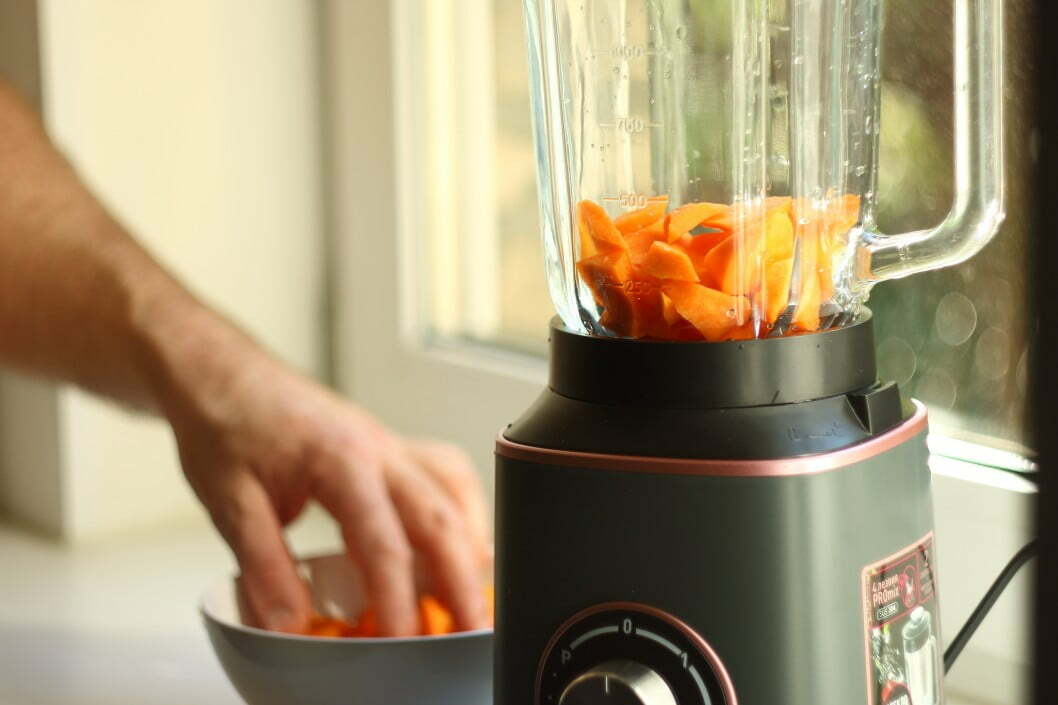
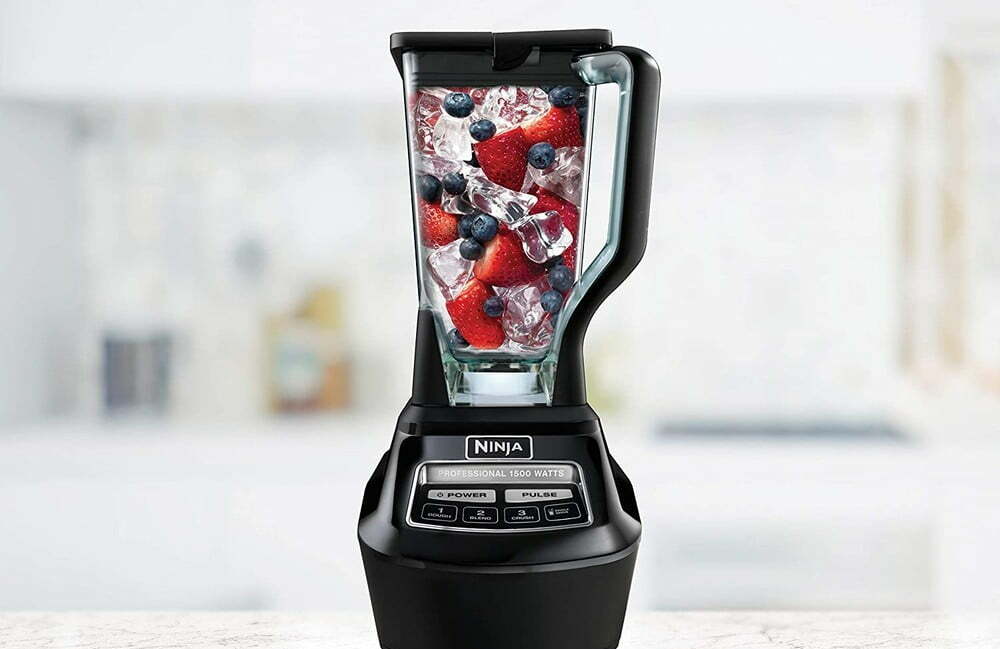
![Best Blender in [year] ([month] Reviews) 27 Best Blender in 2025 (December Reviews)](https://www.gadgetreview.dev/wp-content/uploads/best-blender-image.jpg)
![Best Kitchen Appliances in [year] ([month] Reviews) 28 Best Kitchen Appliances in 2025 (December Reviews)](https://www.gadgetreview.dev/wp-content/uploads/best-kitchen-appliances.jpg)
![Best Blenders for Acai Bowl in [year] 29 Best Blenders for Acai Bowl in 2025](https://www.gadgetreview.dev/wp-content/uploads/best-blender-for-acai-bowl-image.jpg)
![Best Blenders for Vegans in [year] 30 Best Blenders for Vegans in 2025](https://www.gadgetreview.dev/wp-content/uploads/best-blender-for-vegans-image.jpg)
![Best High-Powered Home Blenders in [year] 31 Best High-Powered Home Blenders in 2025](https://www.gadgetreview.dev/wp-content/uploads/best-high-powered-home-blender-image.jpg)
![Best Easy Clean Blenders in [year] 32 Best Easy Clean Blenders in 2025](https://www.gadgetreview.dev/wp-content/uploads/best-easy-clean-blender-image.jpg)
![Best Blendtec Blenders in [year] 33 Best Blendtec Blenders in 2025](https://www.gadgetreview.dev/wp-content/uploads/best-blendtec-blender-image.jpg)
![Best Oster Blenders in [year] 34 Best Oster Blenders in 2025](https://www.gadgetreview.dev/wp-content/uploads/best-oster-blender-image.jpg)
![Best Nutribullet Blenders in [year] 35 Best Nutribullet Blenders in 2025](https://www.gadgetreview.dev/wp-content/uploads/best-nutribullet-blender-image.jpg)
![Best Vitamix Blender in [year] 36 Best Vitamix Blender in 2025](https://www.gadgetreview.dev/wp-content/uploads/best-vitamix-blender-image.jpg)
![Best Quiet Blenders in [year] 37 Best Quiet Blenders in 2025](https://www.gadgetreview.dev/wp-content/uploads/best-quiet-blender.jpg)
![Best Blenders for Protein Shakes in [year] 38 Best Blenders for Protein Shakes in 2025](https://www.gadgetreview.dev/wp-content/uploads/best-blender-for-protein-shakes.jpg)
![Best Blenders for Milkshakes in [year] 39 Best Blenders for Milkshakes in 2025](https://www.gadgetreview.dev/wp-content/uploads/best-blender-for-milkshakes.jpg)
![Best Blenders for Margaritas in [year] 40 Best Blenders for Margaritas in 2025](https://www.gadgetreview.dev/wp-content/uploads/best-blender-for-margaritas.jpg)
![Best Blenders for Nut Butter in [year] 41 Best Blenders for Nut Butter in 2025](https://www.gadgetreview.dev/wp-content/uploads/best-blender-for-nut-butter.jpg)
![Best Ninja Blenders in [year] 42 Best Ninja Blenders in 2025](https://www.gadgetreview.dev/wp-content/uploads/best-ninja-blender.jpg)
![Best Commercial Blenders in [year] 43 Best Commercial Blenders in 2025](https://www.gadgetreview.dev/wp-content/uploads/best-commercial-blender.jpg)
![10 Best Portable Blenders for Travel in [year] 44 10 Best Portable Blenders for Travel in 2025](https://www.gadgetreview.dev/wp-content/uploads/best-portable-blender-for-travel.png)
![10 Best Vacuum Blenders in [year] 45 10 Best Vacuum Blenders in 2025](https://www.gadgetreview.dev/wp-content/uploads/best-vacuum-blender.jpg)
